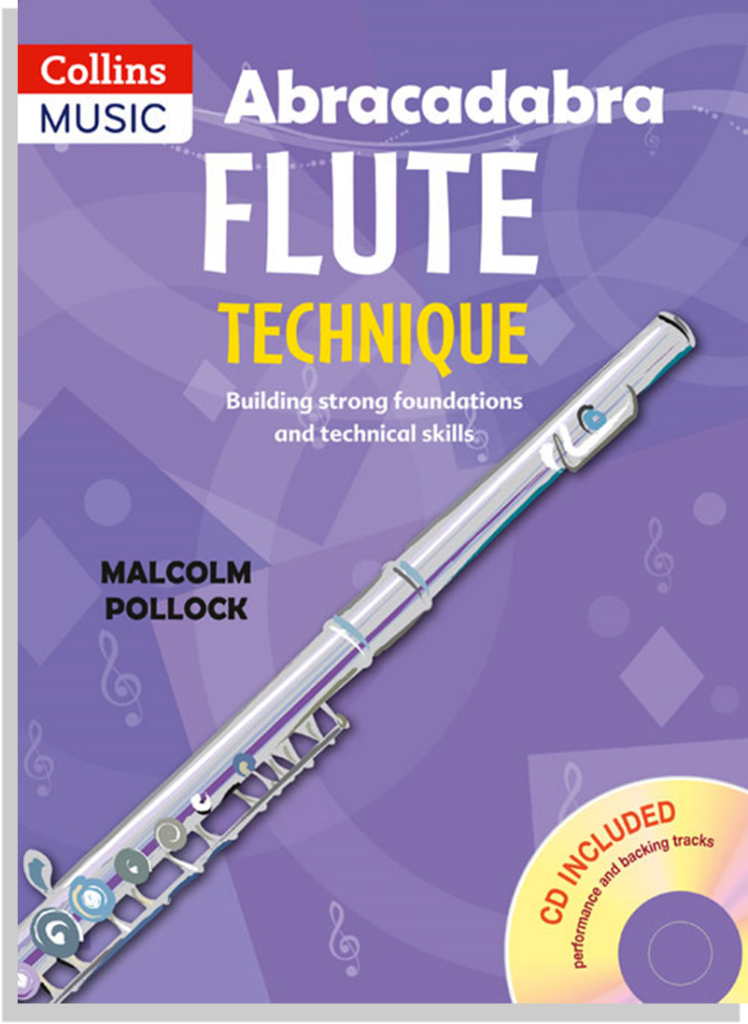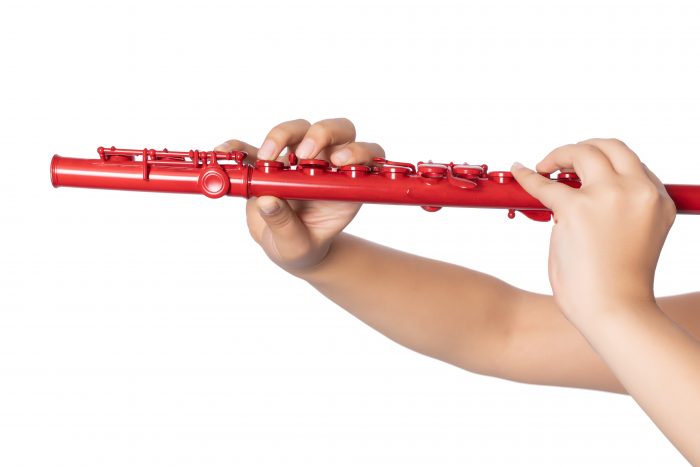With Malcolm Pollock, author of Abracadabra Flute Technique
Here’s the fourth of 6 blog posts aimed at teachers of beginner flute players. This series looks at some common challenges faced by pupils and teachers and breaks them down into simple steps to make teaching technique easy even if the flute is not your first instrument, or if you teach a mixed ability group.
Teaching embouchure flexibility
The ability to control volume and pitch (plus tone colours) on the flute via embouchure flexibility is taught up to the most advanced levels. At its most basic level volume control can be taught to reasonably inexperienced pupils following on from the exercises I suggested in my first blog on embouchure and breathing.
Blowing more or less air into the flute whilst keeping the speed of the air constant for each note is a basic technique which will help at least some dynamic variety. Pupils should be discouraged from blowing “harder” for loud passages and “softer” for quiet passages. As we all know from bitter experience if you blow harder without correcting the note goes sharper, and if you blow softer without correcting the note goes flatter.
Forte embouchure activity

- The pupil should start without the flute with steps 1 and 2 from my first blog. When you are happy that they can maintain the air pressure, substitute one of their hands for the piece of paper.
- Now get them to blow using a flute embouchure into the middle of the palm of their hand, then move their jaw back gradually whilst still blowing, so that the airstream travels down the hand and arm.
- They should only move the jaw, not the head or the hand!
Piano embouchure activity

Repeat the exercise above, except this time get the pupil to move the jaw forward so that the air stream moves up the middle finger.
Now try it while playing the flute!
- Ask the pupil to play an easy note (say G on the bottom octave).
- Now get them play a louder note by taking their jaw back whilst maintaining a constant airspeed.
- Now get them to play a quieter note by pushing their jaw forward whilst maintaining the airspeed.
- The pitch should remain the same: get them to listen to this by feeding back the correct pitch on your flute (or a keyboard).

There are lots of helpful diagrams, explanations and exercises covering all basic aspects of flute technique in my book: Abracadabra Flute Technique. This is specially designed to act as a companion to Abracadabra Flute but can be used alongside any tutorial method.
Malcolm Pollock has spent a lifetime supporting young musicians through local authority music services, as a teacher, conductor and manager. His last post was the Head of Gloucestershire Music. He was the Chair of the British Flute Society from 2015-2018, and is the author of Abracadabra Flute and Abracadabra Flute Technique.



